In the grand tapestry of life, organisms are far more than passive inhabitants of their environments. They are active architects, engineers, and landscapers, continually modifying their surroundings in ways that shape evolutionary trajectories. This phenomenon, known as niche construction, challenges traditional views of evolution by revealing how species don’t just adapt to their environments—they transform them.
The concept of niche construction emerged as a counterpoint to the classical Darwinian perspective, which emphasizes natural selection as the primary driver of adaptation. While natural selection remains a cornerstone of evolutionary theory, niche construction introduces a dynamic feedback loop: organisms alter their habitats, these changes influence selection pressures, and over time, both the organisms and their environments co-evolve. From earthworms aerating soil to beavers damming rivers, life constantly remakes the world.
Earth’s Original Ecosystem Engineers
Long before humans built cities, countless species were already engaged in large-scale environmental modification. Take coral reefs, often called the "rainforests of the sea." Coral polyps, tiny cnidarians barely visible to the naked eye, collectively construct massive limestone structures that can be seen from space. These underwater metropolises support nearly a quarter of marine biodiversity. The corals’ calcium carbonate skeletons accumulate over generations, creating complex three-dimensional habitats that become home to thousands of species. This exquisite example shows how niche construction can create entirely new ecosystems.
Similarly, termites in African savannas build towering mounds that function as sophisticated climate control systems. These earthen skyscrapers, some reaching eight meters tall, maintain remarkably stable internal conditions despite extreme external temperature fluctuations. The mounds’ intricate ventilation channels exploit wind patterns and temperature gradients, creating convection currents that regulate oxygen levels and remove excess carbon dioxide. What began as simple shelter construction has evolved into a biological masterpiece of environmental regulation.
The Microbial World’s Hidden Architects
Microorganisms, though invisible to the naked eye, are among Earth’s most prolific niche constructors. Cyanobacteria transformed our planet’s atmosphere billions of years ago through oxygenic photosynthesis, paving the way for complex life. Today, microbial mats continue to shape aquatic environments through chemical exchanges that create distinct microhabitats within millimeters of each other. In soil ecosystems, bacteria and fungi form intricate networks that physically structure the substrate while chemically altering its composition.
Perhaps most remarkably, gut microbiomes demonstrate how organisms can construct physiological niches within other organisms. The human gut microbiota, comprising trillions of bacteria, actively modifies its environment by breaking down indigestible compounds, synthesizing vitamins, and even influencing host metabolism and immunity. This internal niche construction has become so integral to mammalian biology that many species cannot properly develop without their microbial partners.
Plants: The Silent Revolutionaries
Vegetation dramatically transforms landscapes through processes that operate on timescales from days to millennia. Pioneer species like mosses and lichens initiate soil formation on bare rock by secreting acids that weather minerals and trapping organic matter. As soils develop, larger plants take root, their leaf litter adding to the growing substrate while their roots physically break apart bedrock. Over centuries, this biological weathering can reduce mountains to fertile plains.
Forests create their own microclimates through transpiration and shade, often increasing regional rainfall. The Amazon rainforest generates approximately half of its own precipitation through atmospheric moisture recycling. Trees also engage in sophisticated below-ground niche construction through mycorrhizal networks—fungal symbionts that effectively extend root systems and facilitate nutrient exchange between plants. These underground "wood wide webs" demonstrate how niche construction can involve multiple species cooperating to modify shared environments.
Animal Constructions That Reshape Landscapes
Beavers provide perhaps the most visible example of animal niche construction. By felling trees and building dams, these rodents convert flowing streams into pond ecosystems that benefit numerous species, including themselves. The resulting wetlands filter water, prevent erosion, and store carbon—ecosystem services that have led to beaver reintroduction programs worldwide. Remarkably, beaver constructions can persist for centuries, outlasting their builders and continuing to influence ecological succession.
Less conspicuous but equally impactful are the burrowing activities of prairie dogs. Their extensive tunnel systems aerate soil, enhance water infiltration, and redistribute nutrients. Prairie dog towns create habitat mosaics that support higher biodiversity than surrounding grasslands. Like beavers, these rodents demonstrate how niche construction often produces environments that benefit multiple species—a phenomenon called ecosystem engineering.
Human Niche Construction: A Double-Edged Sword
Humans represent the ultimate niche constructors, reshaping environments at planetary scales. Agriculture, arguably our most transformative innovation, involved selecting and modifying species while radically altering landscapes. Modern cities create entirely novel ecosystems, with species evolving adaptations to urban environments in real time. Our technological niche construction—from clothing to climate control—has allowed colonization of virtually every terrestrial habitat.
Yet human niche construction differs from that of other species in its pace and scale. While beaver dams modify local hydrology over generations, human activities have altered Earth’s atmosphere and oceans within centuries. This acceleration carries risks; many environmental modifications occur faster than ecosystems can adapt. Understanding niche construction principles may help design more sustainable ways of interacting with our environment—perhaps taking cues from nature’s original engineers.
Evolutionary Implications
Niche construction theory provides fresh perspectives on evolutionary processes. Traditional models treat the environment as a static backdrop against which selection occurs. In reality, organisms actively modify selective pressures through their niche-constructing activities. Beavers, for instance, have evolved specialized traits for dam-building, but their constructions also create the aquatic environments that select for these very traits—a self-reinforcing cycle.
This reciprocal causation challenges the standard view of adaptation. Traits evolve not just in response to environmental pressures, but also through organisms’ capacity to alter those pressures. Some theorists suggest niche construction could explain evolutionary transitions, such as the move from water to land, where early constructors created transitional environments that facilitated subsequent adaptations.
Conservation Applications
Recognizing organisms as ecosystem engineers has profound implications for conservation. Restoring keystone species—those with disproportionate niche-constructing effects—can jumpstart entire ecosystem recoveries. Wolves reintroduced to Yellowstone National Park not only controlled elk populations but also triggered cascading effects that reshaped river courses through changed vegetation patterns. Similarly, oyster reef restoration projects leverage these mollusks’ natural water-filtering and habitat-creating capacities to improve coastal ecosystems.
Understanding niche construction also helps predict how ecosystems might respond to climate change. Species that modify their environments may buffer against climatic shifts or create stepping stones for others to follow. Conversely, losing key engineers could accelerate ecosystem degradation. Conservation strategies that protect or restore niche-constructing species may prove more effective than approaches focusing solely on species diversity.
Future Directions
As research continues, scientists are uncovering ever-more sophisticated examples of niche construction. Recent studies reveal how some birds select nest materials with specific antimicrobial properties, effectively constructing external immune systems. Other work explores how trees may use electrical signaling through fungal networks to communicate about threats—a potential underground information highway constructed by multiple species.
Technological advances allow unprecedented study of these phenomena. Stable isotope analysis tracks how organisms redistribute nutrients through ecosystems. Remote sensing monitors large-scale environmental modifications by species like elephants or bison. Computer modeling helps simulate long-term evolutionary consequences of niche construction across generations.
Ultimately, niche construction theory reminds us that life and environment form an inseparable dynamic system. Organisms aren’t just products of their worlds—they’re active participants in creation. From microscopic bacteria to towering trees, Earth’s countless architects continually remake our planet, weaving the living fabric of ecosystems one modification at a time.

By /Jun 19, 2025
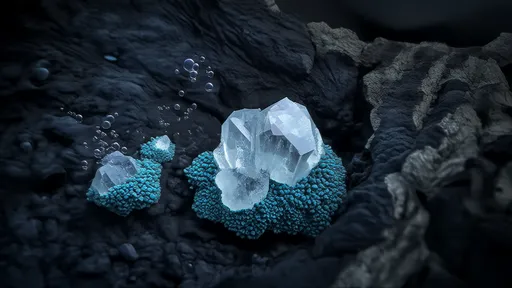
By /Jun 19, 2025

By /Jun 19, 2025

By /Jun 19, 2025

By /Jun 19, 2025
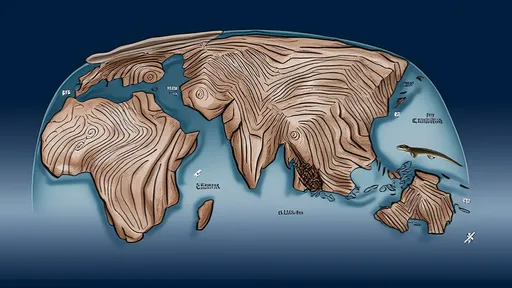
By /Jun 19, 2025

By /Jun 19, 2025
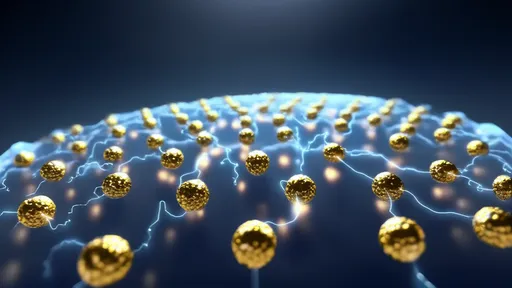
By /Jun 19, 2025
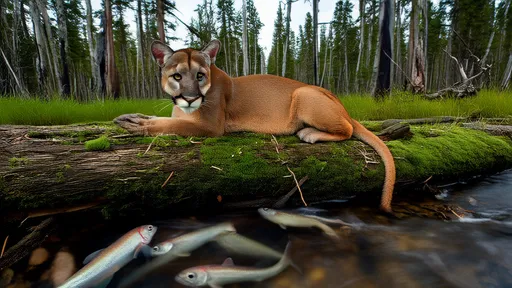
By /Jun 19, 2025

By /Jun 19, 2025
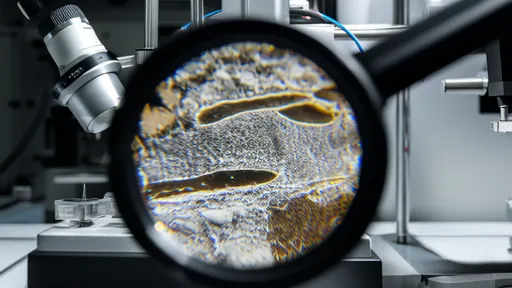
By /Jun 19, 2025

By /Jun 19, 2025
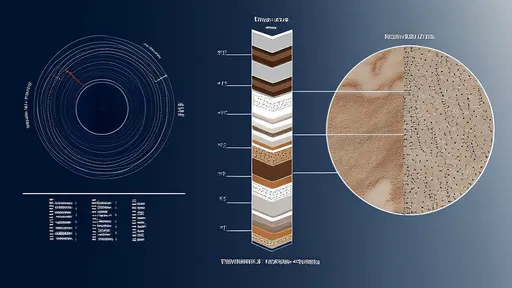
By /Jun 19, 2025
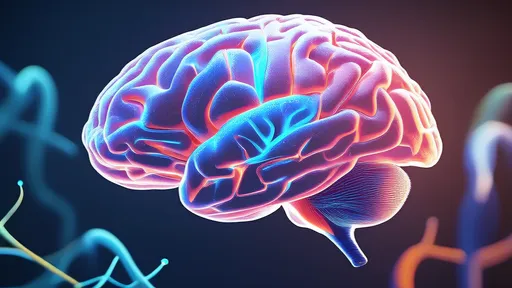
By /Jun 19, 2025

By /Jun 19, 2025
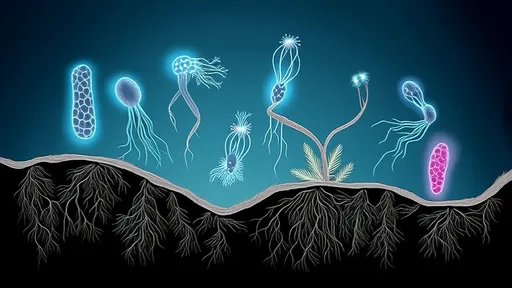
By /Jun 19, 2025

By /Jun 19, 2025